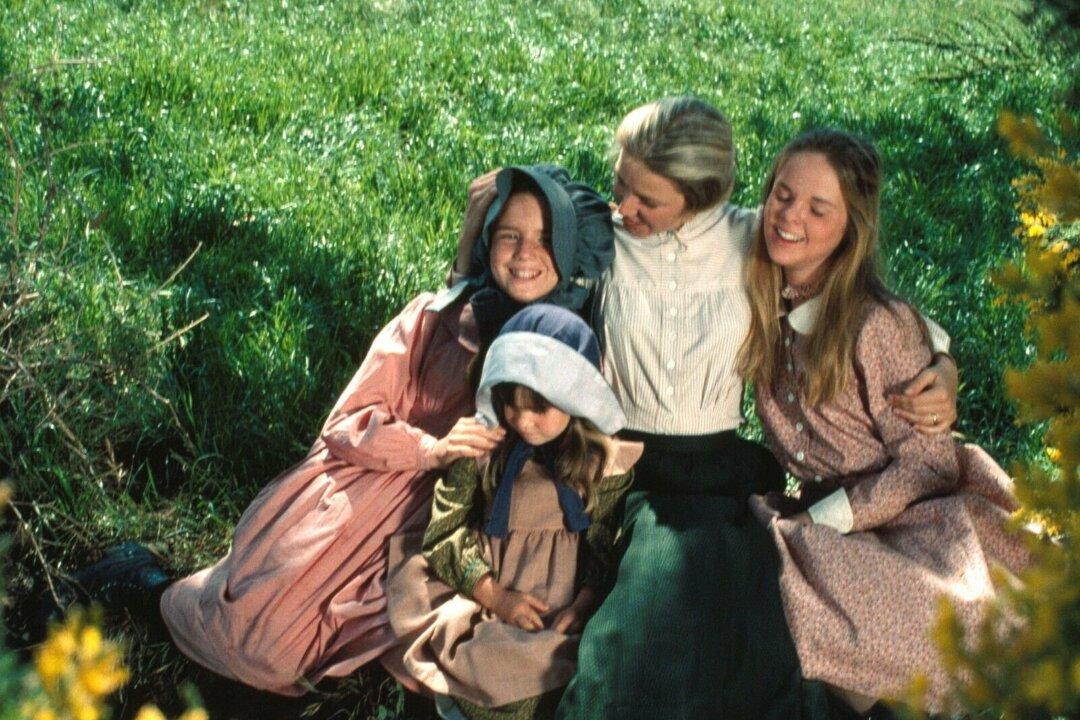In March 1974, “Little House on the Prairie” premiered on network television.
Based on the children’s books by Laura Ingalls Wilder, this dramatic series ran for nine years, garnered four Emmys and 16 nominations, and remains one of the most successful shows in the history of television. Despite its age, “Little House” remains popular with audiences today.






